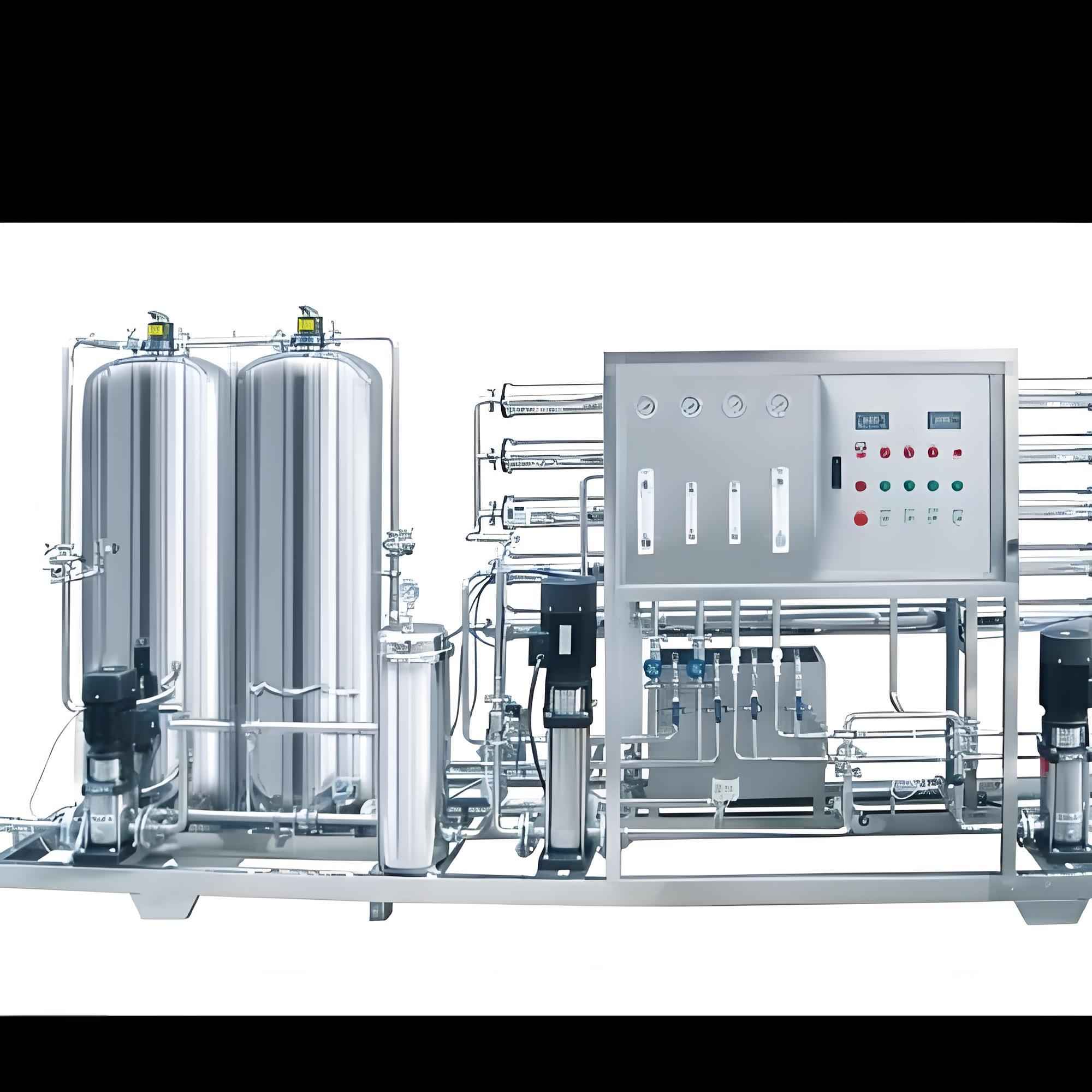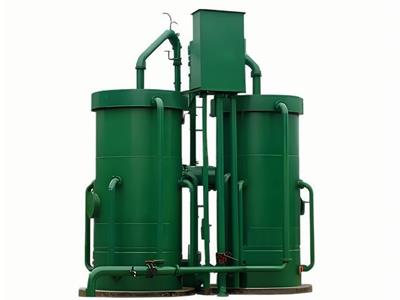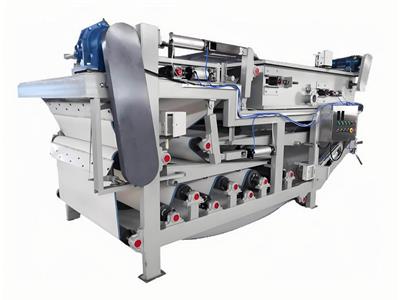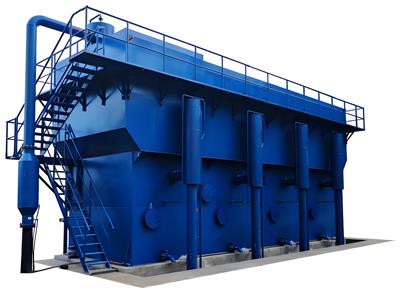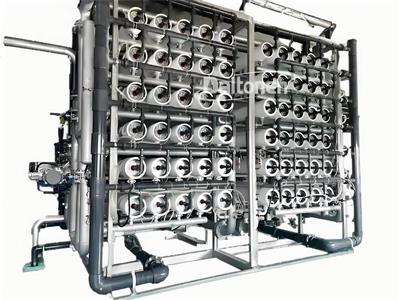- 2025-07-22
Energy-saving reverse osmosis
The reverse osmosis process uses a semipermeable membrane to separate solutes and solvents by applying high pressure to drive the water flow in reverse osmosis. The system needs to be equipped with a high-pressure pump group to provide driving force, especially when treating high TDS water bodies (such as seawater TDS 5,000-45,000ppm), it needs to match a high-power motor to meet the working pressure of 69bar (1,000psi).
Challenges in treating high-salinity water bodies
In the seawater desalination system, the high-pressure pump needs to pressurize the raw water to the working pressure of the membrane module, of which 60%-70% of the energy is contained in the discharged concentrated water. By integrating the energy recovery device (ERD), the residual pressure of the concentrated water can be effectively recovered and fed back to the system, significantly reducing the power demand of the main pump.
Energy recovery technology solution
Mainstream ERD technologies include turbochargers and pressure exchangers:
Turbochargers convert pressure energy through hydraulic turbines
Pressure exchangers use the positive displacement principle to directly transmit pressure
This technology can reduce the total energy consumption of the system by 40%-50%, without the need for additional power sources, and directly use the residual pressure of concentrated water to operate, greatly reducing water production costs and improving the return on investment.
System energy efficiency optimization measures
Equipment upgrade strategy
Replacing the existing RO system with high-efficiency membrane elements and ERD devices can achieve energy consumption reduction of more than 30% without overall transformation
Advances in membrane technology
The new thin film composite (TFC) membrane improves efficiency through the following innovations:
Optimizing the thickness of the water inlet screen to reduce pressure loss
Increasing the effective membrane area to increase flux
The system operating pressure is reduced by 15%-20% at the same water production
Technology essence and advantages
The reverse osmosis process essentially uses the reverse process of osmosis (the spontaneous migration of water molecules from low concentration to high concentration areas). The energy-saving system ensures a desalination rate of more than 99%, while reducing energy consumption per ton of water to less than 3kWh/m³ through energy recovery and membrane technology innovation, providing an economical solution for seawater desalination and high-salinity wastewater reuse.

